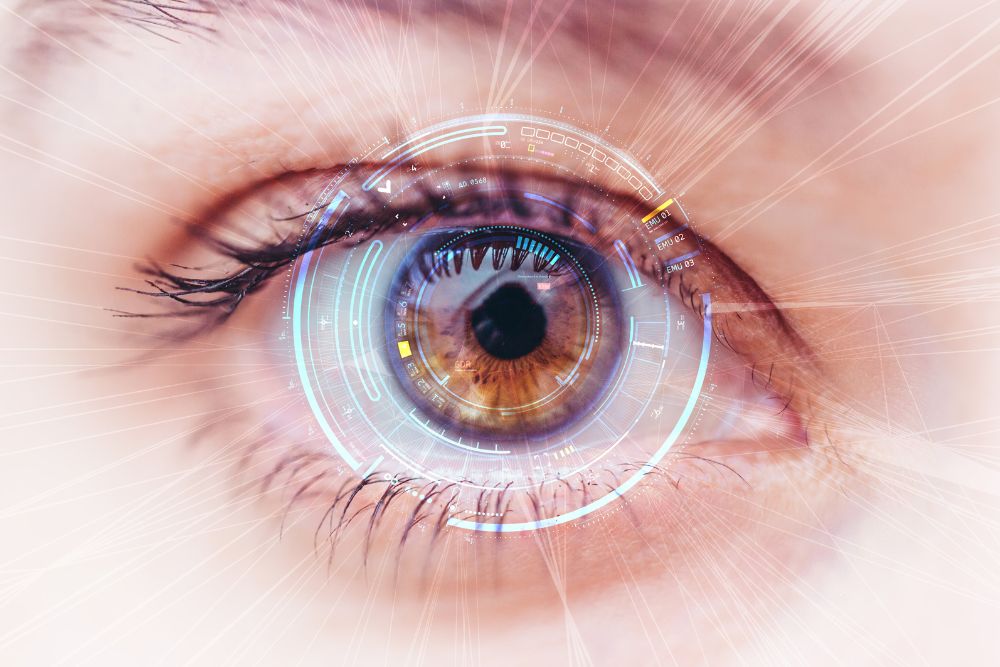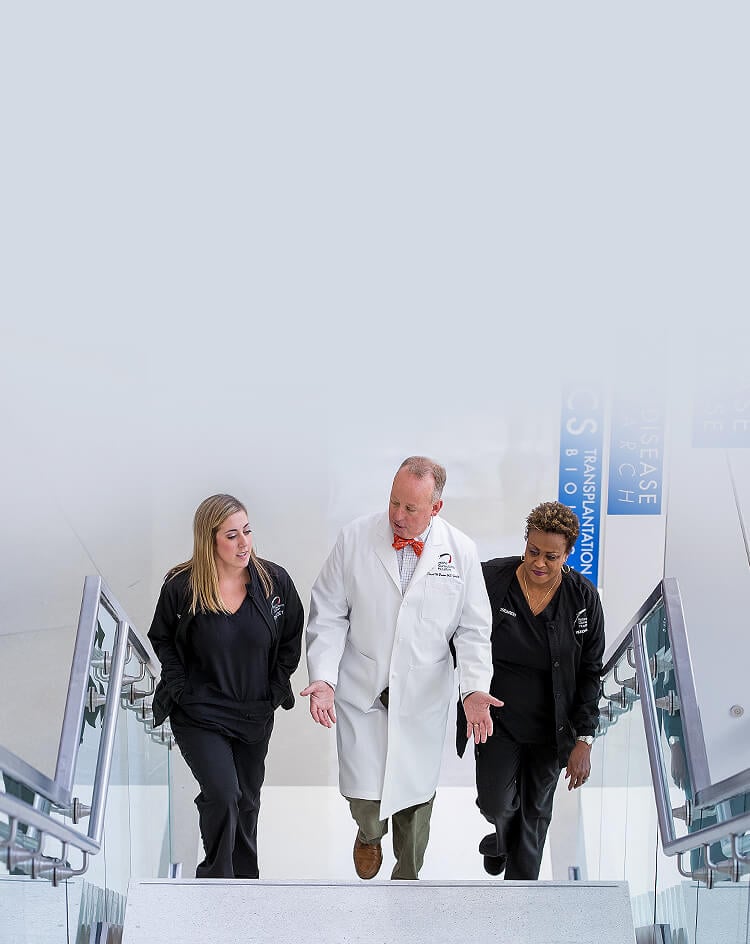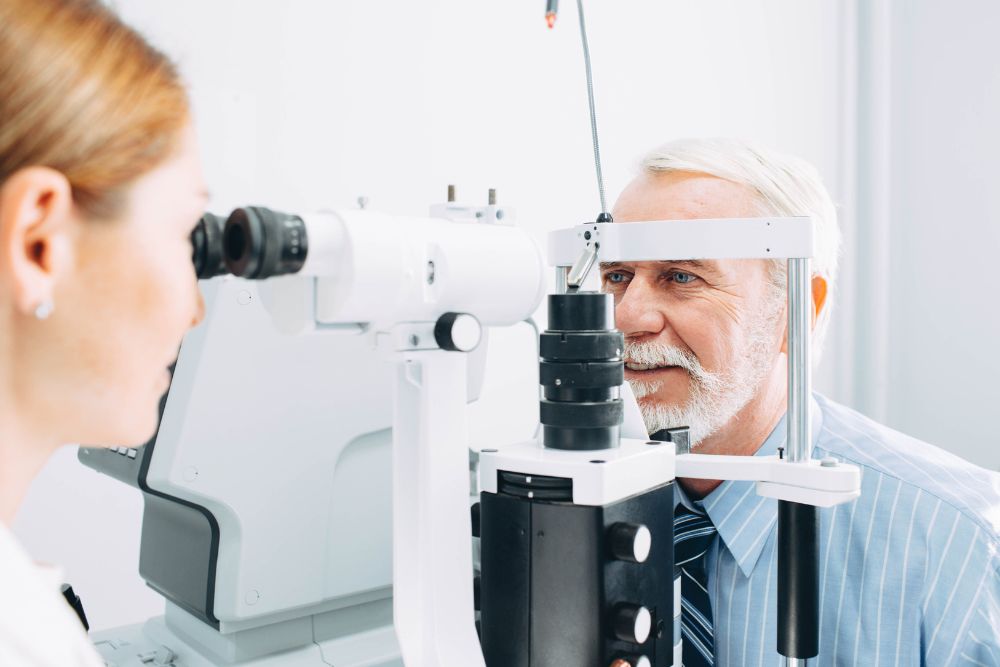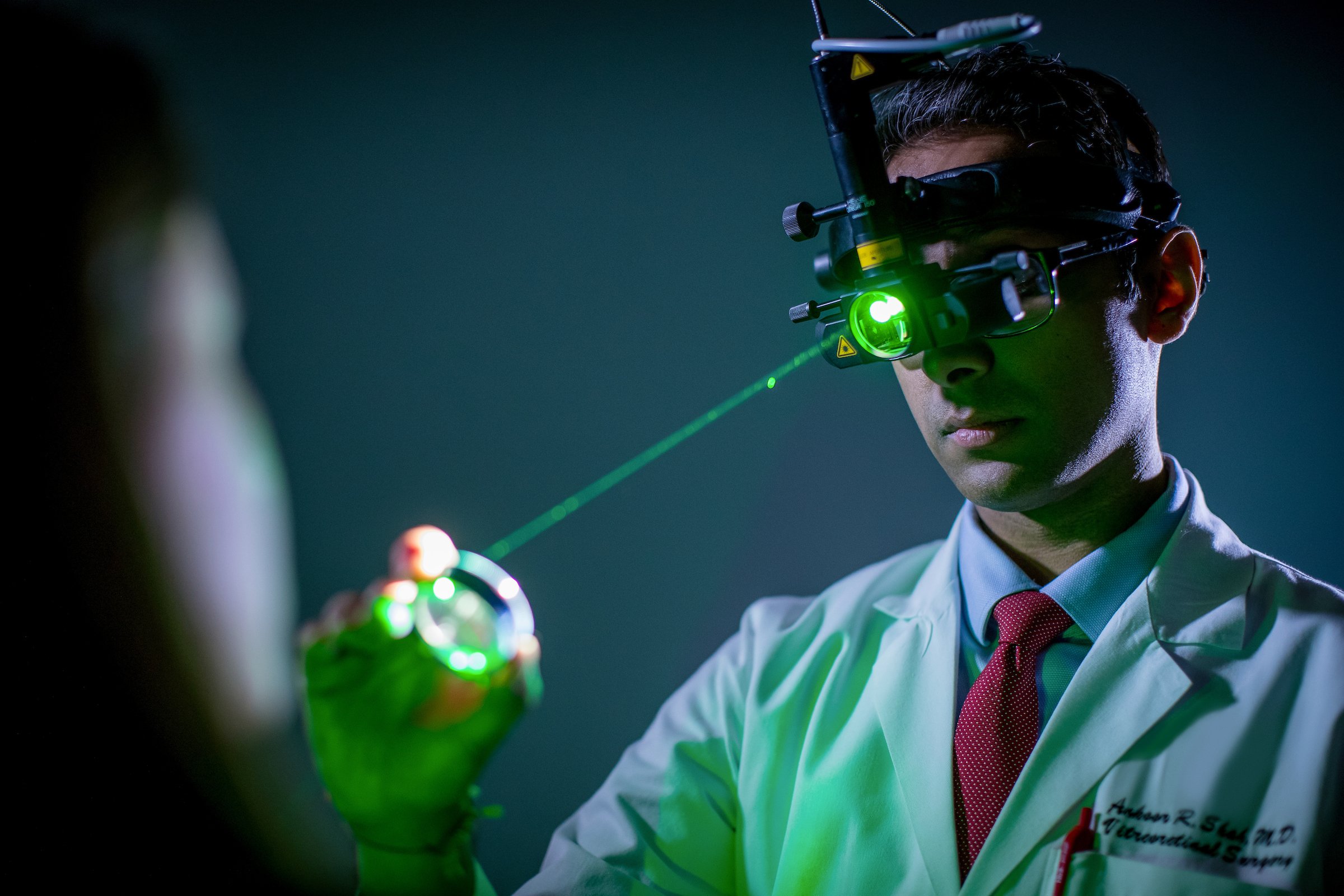Revolutionary Advances in Retinal Care: How New Technologies are Improving Diagnosis and Management

Retinal care technologies have made significant advancements in recent years, leading to earlier diagnosis and improved treatment options for various retina conditions. These advancements have revolutionized the field of ophthalmology and have the potential to enhance patient care, improve outcomes, reduce treatment burden, and increase the quality of life for those impacted by diseases of the retina. Learn about some of these revolutionary advances in retinal care and how they are improving diagnosis and treatment.
New Retinal Imaging Technology
By harnessing cutting-edge techniques, retinal imaging technology enables early detection and precise monitoring of retinal diseases, facilitating more accurate diagnoses and tailored treatment plans. Some of these techniques include:
- Optical Coherence Tomography (OCT): This is a non-invasive imaging technique that produces cross-sectional images of the retina at high resolution. Using this technique, the layers of the retina are more easily visible and its thickness can be estimated, which helps diagnose and treat conditions like diabetic retinopathy, macular degeneration, and glaucoma.
- Swept-Source OCT (SS-OCT): SS-OCT is a more advanced version of earlier generations of OCT that incorporates a longer wavelength light source. Using this technique can facilitate improved imaging of retinal structures as well as structures outside the retina including the choroid, because it can penetrate deeper. The choroid is a pigmented layer of the eye located between the retina and the sclera (i.e., the white outer layer). SS-OCT may be particularly useful in monitoring diseases affecting the choroid, such as central serous chorioretinopathy.
- Multimodal Imaging: Multimodal imaging is an approach that utilizes various imaging methods to examine the retina comprehensively. A variety of imaging technologies can be integrated into this concept, including OCT, fluorescein angiography, indocyanine green angiography, and autofluorescence imaging. By combining these different imaging modalities, more complete information about retinal structures, blood flow, and metabolic function can be used to improve the accuracy of diagnoses and enable better treatment planning.
- Widefield Imaging: Widefield imaging technologies enable viewing a larger area of the retina, including the periphery. This can be particularly valuable in diagnosing and managing conditions like retinal detachment, and other disorders where an assessment of the entire retina is essential for guiding clinical management.
- Artificial Intelligence (AI) Applications: AI algorithms have been and continue to be integrated with retinal imaging to improve analyses and accurate diagnoses. AI algorithms allow for the analysis of huge volumes of retinal images, which can identify patterns or abnormalities that may not be appreciated by human observation, lending itself to earlier diagnosis and risk assessment.
Gene and Cell-Based Therapy
Gene and cell-based therapies have emerged as promising approaches for the treatment of various retinal conditions. For example, gene therapy is currently being used to target inherited retinal diseases and has led to treatments such as Luxturna (voretigene neparvovec), the first FDA-approved treatment for Leber Congenital Amaurosis. Gene therapy has also shown potential in addressing other conditions like diabetic retinopathy and age-related macular degeneration (AMD), providing hope for improved visual outcomes.
In parallel, cell-based therapies, such as optogenetics, have garnered attention for their potential in tackling complex diseases such as retinitis pigmentosa. These innovative approaches hold promise for transforming the landscape of retinal treatments, bringing renewed hope to patients worldwide.
Stem Cell-Based Retinal Regeneration
Stem cells are cells from which other types of cells can be formed. For example, nerve stem cells turn into neurons and glial cells. A stem cell has the unique ability to differentiate (transform) into a variety of different cell types, including retinal cells. Although scientists are testing stem cell therapies for their ability to regenerate damaged retinal cells, which occurs in diseases like AMD, these investigations are still in development and not ready for broad commercial use. There are multiple ongoing clinical trials evaluating stem cell therapies in human retinal diseases.
Learn More About New Retinal Technology
To learn more about the availability of new retinal diagnosis and treatment technologies in Houston and San Antonio, schedule a consultation with Retina Consultants of Texas.







